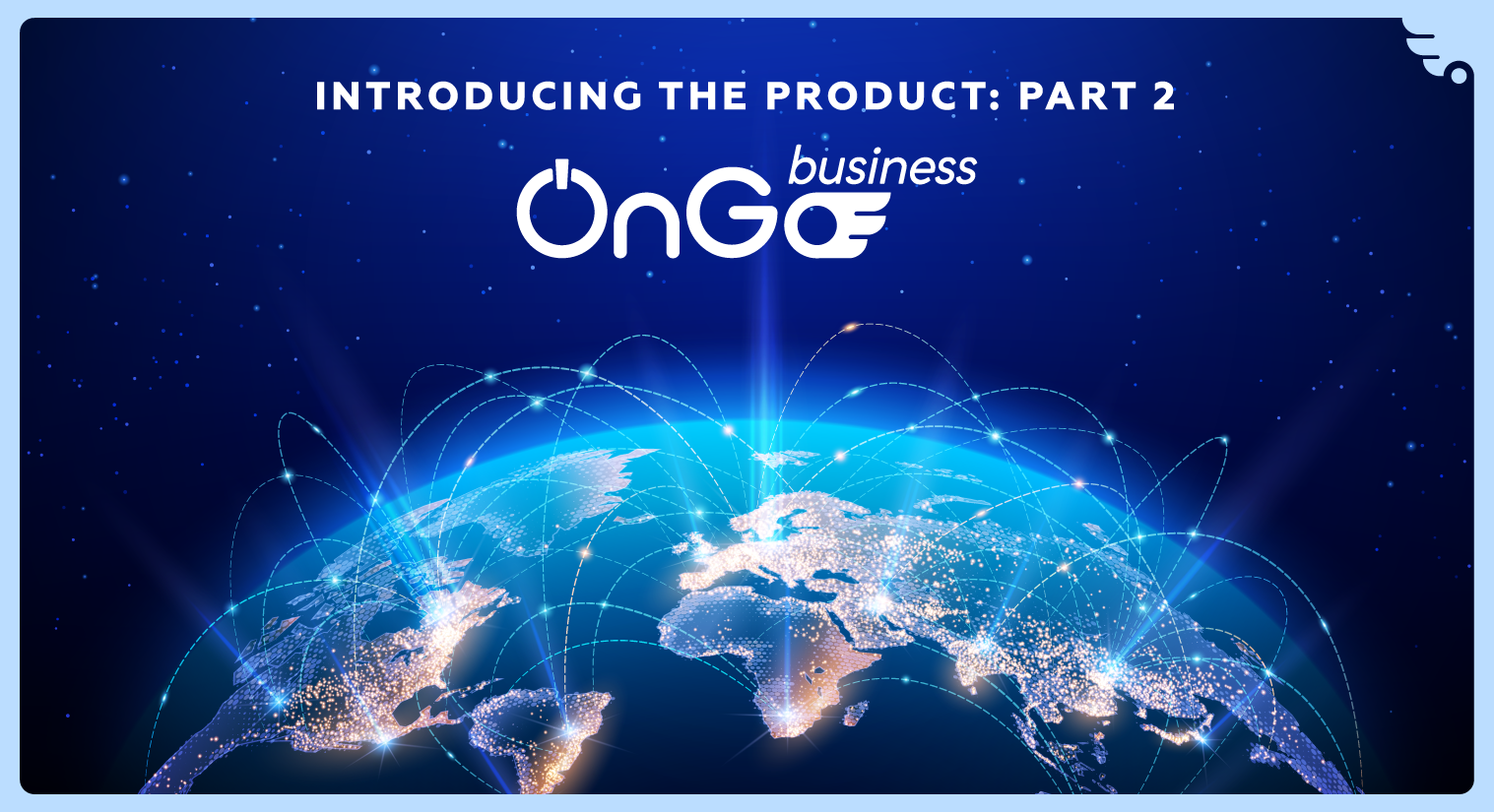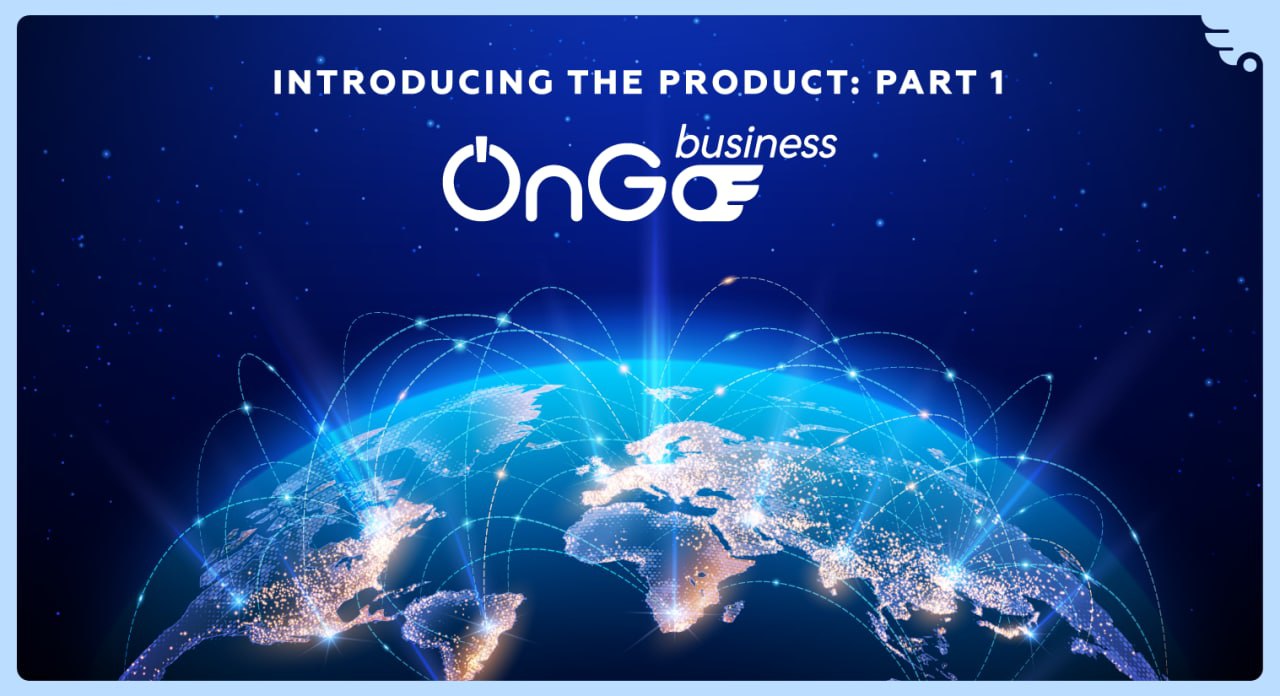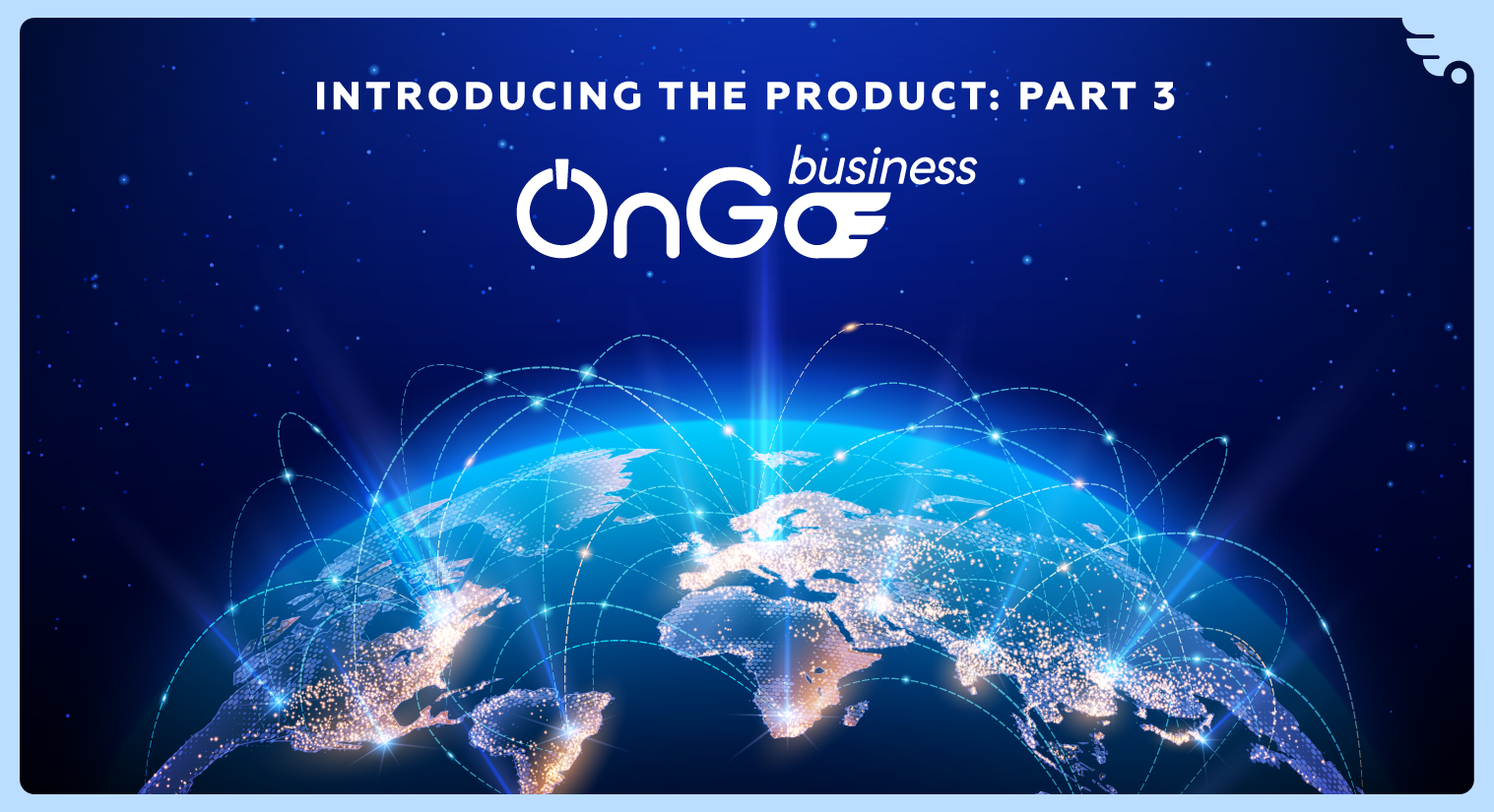What is Vanongo's OnGo Business product? (part 2)

In order to understand the OnGo Business product from Vanongo in detail, we spoke with Pashko Litvinenko, the company's Product Owner.
On the main page about the OnGo Business product, there is an infographic about the so-called “Local x3 formula”. What is it and why is it a winning formula?
The peculiarity of the OnGo Business product is that in any country we can open the OnGo Business product for local businesses and for local drivers or carriers in just a few clicks. This formula makes it easy for local drivers to connect, get trained, understand how OnGo Business works, and get up and running quickly.
And what is important, this local formula, which is in the OnGo Business product, expresses our socially responsible position. That is, we care about small communities, and actually, with the help of this product, local drivers can earn more.
And there are also winning points in terms of efficiency. As we know, large companies have a developed logistics system, they have an extensive system, they have their own TMS systems, an extensive system of car fleets, and during every operating period they optimize costs, each time they have separate budgets for this. But if we take local operators, they do not have such budgets and time for optimization. And that's why we have a winning formula for them - we can offer local businesses to optimize the local level.
What does this mean in practice?
Look, we can say to the client, for example: "You drive a half-empty truck every day. Let us upload it - it will be more efficient and you will earn more money.” And with the help of this, the cost of deliveries for such a business will be greatly reduced.
When we talk about OnGo Business, we are talking about the fact that our system is client-centric. Who do we put in the middle and how do we build the entire ecosystem around it?
For OnGo Business, we approach from two directions. The first is a service for businesses themselves, for B2B clients. By service for a B2B client, we mean that, first of all, we provide a transparent interaction between our product, our service and the B2B client himself. That is to say, at each specific moment of B2B, the client knows what is happening with his order. Secondly, we give the B2B client the opportunity to influence the process of fulfilling this order and give them certain touchpoints so that they can influence this process. Return shipping, forwarding, etc. And thirdly, from the B2B point of view of the client, we can provide feedback from the consumer directly to them. That is, at the time when the delivery takes place, we, in turn, collect feedback from the consumer and can further transfer this information B2B to the client. But we have another direction.
What kind?
This is consumer experience. Why do we single it out as a separate direction? Because not all B2B clients, not all businesses understand this value. Many of them are sharpened to reduce the cost. They come and say “we need the cheapest delivery. We are not interested in everything else, we need it to be not 100 hryvnias, but 55 hryvnias." And one of our missions is precisely to tell businesses that it is important not only to reduce the cost of delivery, but also to increase the value of this delivery. Because a good delivery is a conditionally additional guarantee that the client will return to this B2B client.
So, we can say that you are moving away from pure delivery tech and getting into marketing - MarkTech? That is, it turns out to be some fusion of both approaches?
Work on increasing the loyalty of end consumers is one of the tasks of marketing, and this is one of the killing offers that we create at Vanongo.
Consumer-centric - does this mean that the end consumer directly controls when they receive delivery? And what features do we offer in this?
Yes, this is exactly the second direction. We talked a little about B2B, about the client himself, about what benefits we give him, and now the second direction - what benefits we provide directly to the consumer, that is, the B2B2C client. First, we also give it transparency - track-by-the-link. Secondly, we give it the ability to receive notifications (something that the web view does not). Thirdly, we provide an opportunity to receive instant feedback, which the web version also does not provide. Instant feedback is just an opportunity. That is, you receive a push that a package will be sent to you, but you forgot about it and did not even take the time to receive it. And at this very moment, when you receive a push message, you can take it and make a reschedule as feedback - change the time slot to another day, to another time when it will be really convenient for you to receive this parcel. And it may not even be on this day, but in advance, by a day for example.
And the service is very important here?
So. That is, if we find out a day before sending this parcel that the consumer no longer wants to receive it in the specified slot, then this affects the entire supply chain of delivery. The hub does not need to prepare this parcel for tomorrow, they will not waste time on it, then the B2B client does not need to take certain actions to provide some tasks for the hub. And further down the chain: we don't need a driver to deliver this order tomorrow. And the earlier we learn about it, the more money it saves us.
Is this relevant at any stage?
Yes, it is. Even if, conditionally, the consumer postponed the delivery time not yesterday, but on the day when he was supposed to receive it, it still saves money for the entire chain: although the hub prepared the delivery, it will not be necessary to ship it. Or even in a situation where the hub has already prepared the delivery and shipped it, the process can be slowed down at the driver level. He can also save this task and postpone it without wasting time, fuel and resources - today.
In fact, such complex systems as the supply chain are managed by a single end user from his mobile phone?
Yes and no. Yes, we give the consumer a conditional "remote control" - the opportunity to influence their delivery. At the same time, many more people are involved in this process and they also have these conditional "remotes". But without a doubt, the consumer is at the center of the system, and can influence many things.


